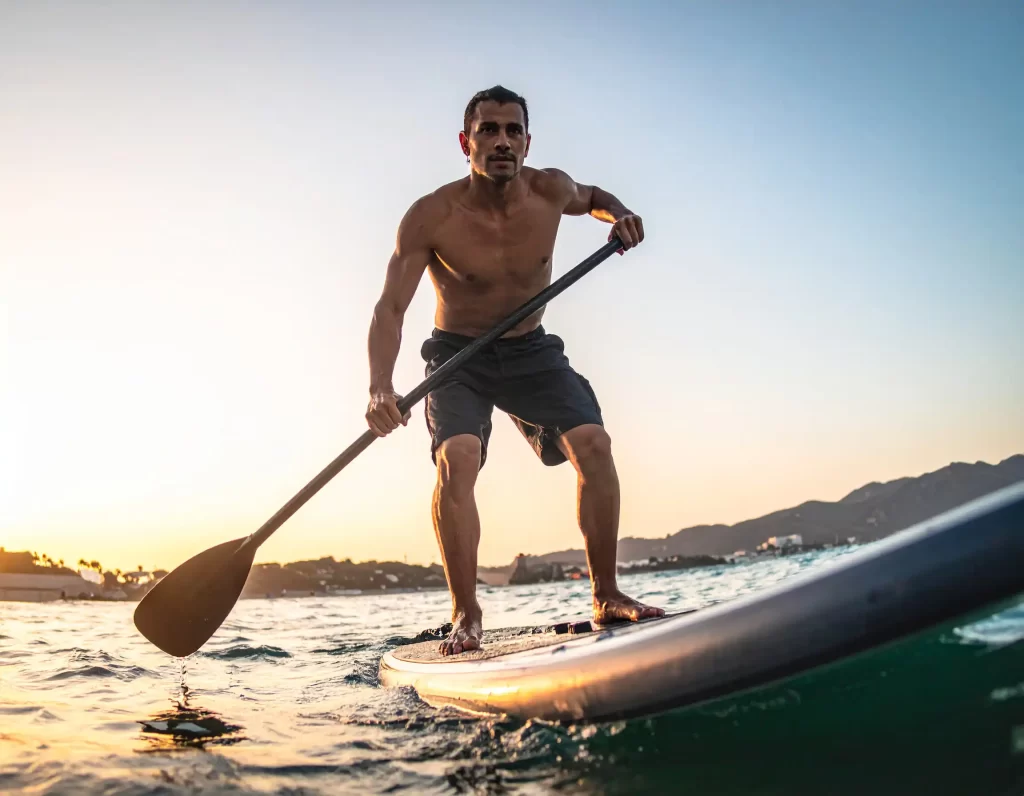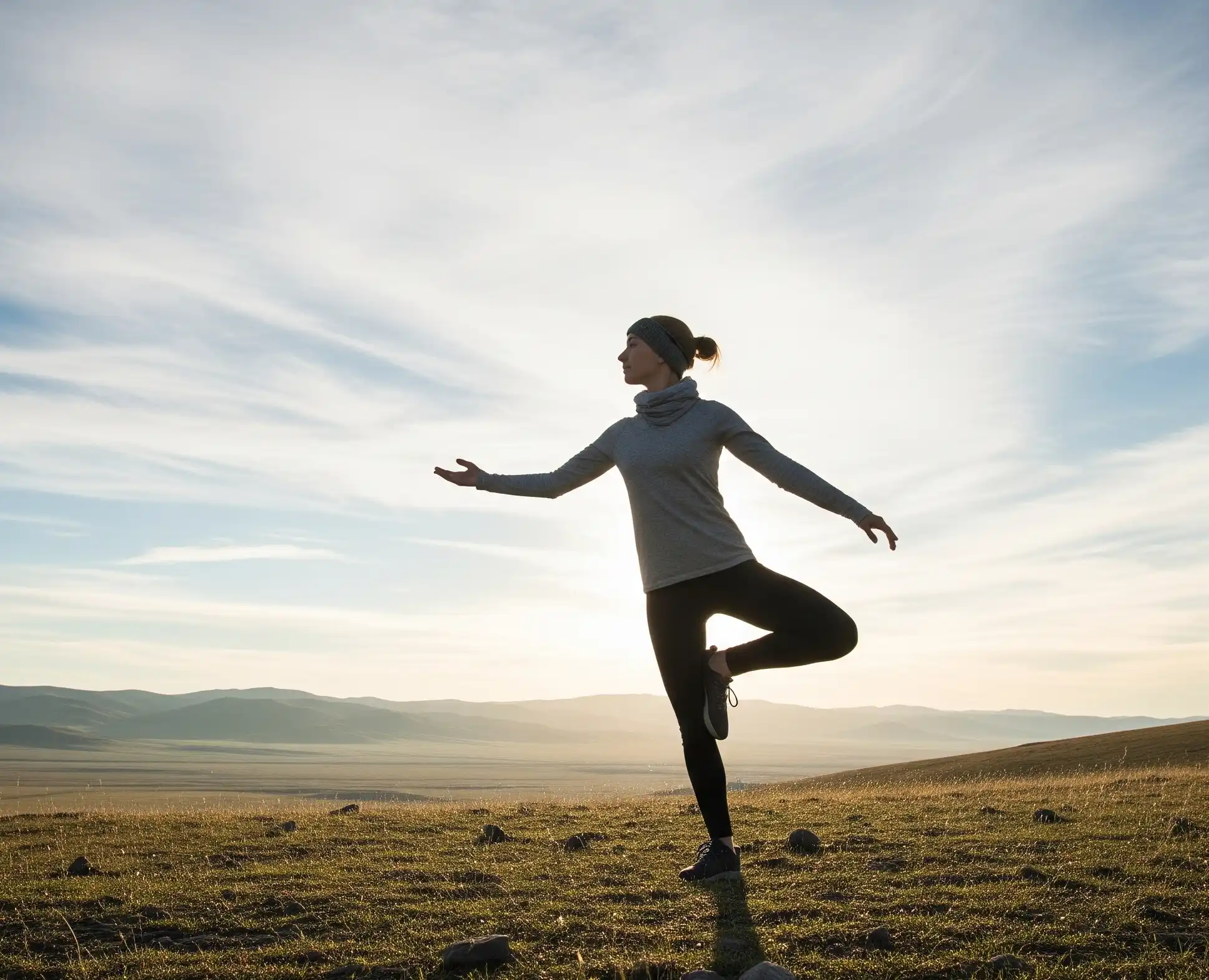If you’ve ever tried balancing on one leg or walking along a narrow path, your first instinct is probably to stare down at your feet. It feels safer—like if you watch every step, you’ll somehow keep yourself steady. But here’s the twist: the more you focus on the ground, the wobblier you often become. The real secret to balance is surprisingly simple yet powerful—lift your gaze and look toward the horizon. When your eyes are anchored on a steady point ahead, your whole body naturally follows, making balance feel easier and more natural.
Why Looking Up Helps You Stay Steady
Balance isn’t just about strong legs or a stable core. Your vision plays a huge role in how your body stays upright. When you look ahead at a fixed point—like the horizon—your brain gets steady, reliable information about your position. This helps your body make the small adjustments needed to keep you centered.
Looking down, on the other hand, doesn’t give your brain as much helpful information. You see movement at your feet, which can actually make you feel more unsteady. It’s a bit like trying to walk while staring at your phone: your sense of balance and direction suffers because your visual cues aren’t lined up.
The Common Beginner Mistake
Beginners often think balance is purely about strength. They tense up, hold their breath, and stare down, hoping that sheer effort will stop them from wobbling. But tension works against you. Balance relies on calm focus, steady breathing, and clear signals from your eyes. When you relax, lift your gaze, and let your body adjust naturally, staying upright becomes much easier.
A Simple Experiment
Here’s a quick way to prove it to yourself:
- Stand on one leg and look down at your foot. Notice how unstable you feel.
- Now, without moving your foot, lift your gaze to something at eye level or slightly higher.
- Stay there for a few seconds. Most people feel steadier almost instantly.
That tiny change—lifting your eyes—helps your brain process balance in a more effective way.

Balance Beyond Exercise
This principle isn’t just for a gym setting. It applies in everyday activities too:
- Cycling: Looking ahead keeps your body aligned and prevents sudden wobbles.
- Hiking: Focusing on the trail ahead helps you move more smoothly over uneven ground.
- Paddleboarding: Your balance depends heavily on where your eyes go. Looking at the water beneath you makes you shaky; looking toward the horizon steadies you.
It’s a reminder that balance is as much about awareness as it is about physical strength.
Building Better Balance Gradually
Like any skill, balance improves with practice. You don’t need special equipment—just a few minutes a day. Start small:
- Stand on one leg while brushing your teeth.
- Try a heel-to-toe walk across the room while keeping your gaze forward.
- Practice yoga poses like Tree Pose or Warrior III, paying attention to where your eyes are fixed.
As you practice, keep your shoulders relaxed and your breathing steady. The more natural this becomes, the better your overall balance will feel.
The Mental Side of Balance
There’s also a mental lesson here. Looking down at your feet is like focusing only on the immediate challenge in front of you—it keeps you stuck in the moment and can make you feel off-balance. Lifting your eyes to the horizon is a reminder to take a wider perspective. Whether it’s in fitness or in daily life, balance often comes from looking ahead, not down.
Good balance isn’t just about strength or stability—it’s about where you direct your attention. Looking down keeps you unsteady, while looking ahead gives your body the clear signals it needs to stay upright. Next time you practice balance, whether it’s in a workout or simply walking down the street, remember this simple shift: lift your gaze. The horizon will steady you far more than your feet ever could.
